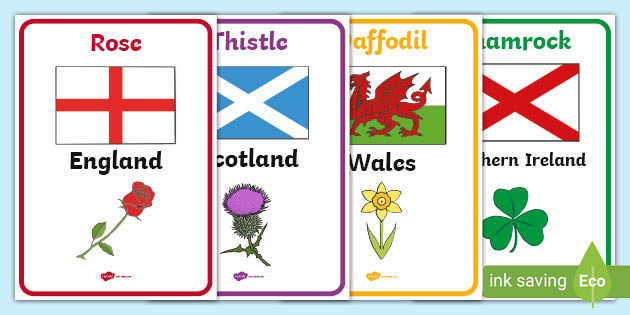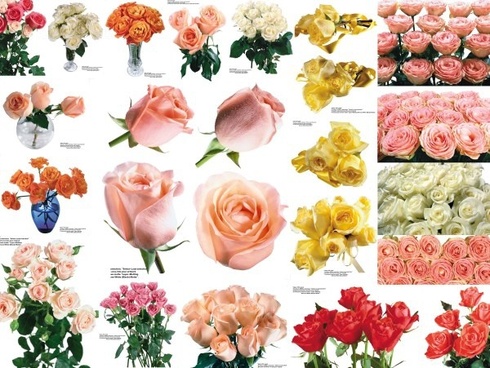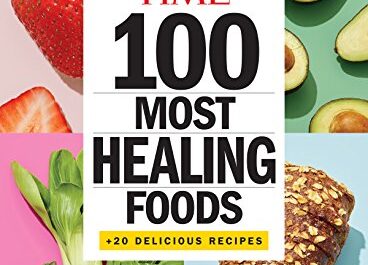Join us on this journey if discovery to find some of the best-kept floral secrets of the British countryside. Many of the flowers featured will be instantly recognisable whereas others are more complex. Discover the history and meaning of the language of flowers and allow yourself to enjoy the nostalgia of horticulture long past.
Our love of flowers might seem frivolous, but it drives a worldwide industry worth billions of pounds.
While the Netherlands dominates the trade, countries on the equator are becoming increasingly important as growers.
For more than 200 years, the heart of the global trade in cut flowers has been the Netherlands. The world’s largest global auction for flowers began, famously, in a pub. One trader turned to his peers and asked, how much?
The question was the start of the most dynamic and highly organised trading sites for flowers in the world. Now known as the Royal FloraHolland auction house at Aalsmeer, near Amsterdam, the floor of a cavernous warehouse is home to a giant game of Tetris with living flower stems bustled about on trolleys, to be bought, sold and dispatched.
As it has done for years, Royal FloraHolland still plays a critical role importing and then re-exporting 40% of flowers from all over the world. But newer players in the flower trade are making their presence felt, shifting the dynamics of production. As transport technology develops, producers in regions elsewhere, including sub-Saharan Africa, are challenging the Netherlands’ traditional hold on the industry.
The scale of the global market for cut flowers is large, and increasing. In the UK alone, the market for cut flowers and ornamental plants was worth £1.3 billion in 2018, according to government statistics. Around 90% of these flowers are imported – the vast majority still coming via the Netherlands. In 2015, the global trade in flowers was worth around €15bn (£10.6bn), with stems shuttled between continents with breath-taking speed.
Keeping up with the world’s demand for flowers involves an intricate and delicately balanced supply chain of workers, farmers, wholesalers, airlines, cargo ships, traders, florists and supermarkets. Getting something as delicate as a bunch of flowers from one continent to another without them being crushed or wilting is a daunting technological feat.
Cut flowers have to be transported quickly using a “cold-chain” – a series of refrigerated facilities on farms, lorries, planes, and boats – which put the flowers into a dormant state, so they stay fresh. This allows a rapid transfer from farm to shop within 24-48 hours, if going by plane, says Sylvie Mamias, secretary general of Union Fleurs, the international flower trade association.
Time is critical: for every extra day spent travelling flowers lose 15% of their value. Vase life – the length of time flowers stay fresh after reaching the customer – is then usually 12-15 days, Mamias says.
The biggest buyers of cut flowers are the EU and the US, but the biggest growers and exporters are the Netherlands, Ecuador, Colombia, Kenya and Ethiopia. Roses, carnations and chrysanthemums are the most popular blooms.
In the UK, 80% of cut flowers come via the Netherlands, according to the British Florist Association, although a significant proportion originate in Kenya. Some Kenyan flowers also come straight to the UK on direct flights from Nairobi, where entire terminals at certain airports are dedicated to flights exporting blooms.
One of the reasons behind the increase in flower exports in Africa dates from the 1970s, says Mamias, when an oil crisis increased the cost of heating greenhouses in northern countries. As a result, production moved south where flowers could be grown with little energy input all year round. For Europe, this meant seeing more flowers imported from Israel and Morocco, and later east Africa, while US buyers developed trade with Latin America.
These new producers had three things in common: areas of high altitude with cool nights, which many flowers benefit from, proximity to the equator for maximum hours of sunlight, and cheaper labour. The change also meant an end to seasonal production and the beginning of a 365-day-a-year international competitive trade.
Kenya is particularly important as a source of roses – the country supplies one third of all roses sold in the EU, according to Union Fleurs. Cut flowers are now Kenya’s second largest export after tea, contributing around 1% of the country’s GDP. They are also one of the country’s largest source of employment, with over 100,000 people working directly in the flower industry and an estimated two million indirectly.

Tambuzi Flower Farm in Kenya grows almost 8 million flowers a year across three sites totalling 22 hectares. Located in the rainy foothills of Mount Kenya, around 180km (111 miles) north of Nairobi, at 1,800m above sea level, it exports to 60 countries worldwide, including the UK, Holland, Russia, Australia, the US and China.
As demand for Kenyan flowers has grown, so has Tambuzi, says the farm’s owner, Maggie Hobbs, who took on the business two decades ago.
“We have grown from 20 people growing roses outdoors, to over 500 people on three sites, growing under plastic greenhouses,” says Hobbs.
The farm is the biggest employer within a 30km (18.5 mile) radius and the business supports more than 3,000 people. As a certified Fairtrade farm, 10% of the sale price goes back to the workers.
Tambuzi grows 80 flower varieties, but specialises in David Austin scented roses. It also grows summer flowers gypsophila and ammi, and “fillers” for bouquets, such as rosemary, mint and lavender.
“The packing house smells amazing and so do our greenhouses,” says Christine Shikuku, the farm’s HR and environment manager. “When I’m stressed in the office, I just walk into the greenhouses – it’s so therapeutic. I don’t have a favourite flower – they are all lovely.”
Roses are chosen from a breeder and trialled on the farm. “We look at whether they have the scent we love, the number of petals, their tolerance to pests and disease, their colour, and yield,” says Shikuku.
In the commercial greenhouses, workers monitor the soil pH and organic matter, drain the land, weed and feed the roses. Drip-irrigation transports water directly to each plant, minimising waste. To protect the plants from pests and disease, the flowers are sprayed and predatory mites are released to eat insects such as red spider mites and thrips, which feed on and damage the plants. Sticky traps are also set to catch pests such as whitefly.
After eight weeks, workers “bend” the rose stems so shoots start to sprout. The weaker stems are pinched off, leaving only the strongest. At 20 weeks they are harvested by hand, by 67 workers, all of whom are women. They cut the stems and put them into a solution of nutrients, tricking the flower into thinking it’s still attached, so it continues to grow.
The stems are quickly transferred to a cold store and cooled to 4C before being graded, sorted into bunches in the packing house, and returned to the cold store. Finally, they are transported in a refrigerated lorry to Nairobi’s airport.
Tambuzi harvests throughout the year, with one truckload of flowers leaving the site every day, although at peak times – Mothers’ Day, Valentine’s Day and International Women’s Day – this can double. From harvest to the end customer in the UK, the process takes three to four days, says Shikuku.
Despite Tambuzi’s careful management, the farm is facing growing challenges. Climate change is making it increasingly difficult to plan farming activities, says Shikuku. “Last year we had floods I have never seen in my lifetime. Then, when there is drought, it’s extreme – it is worsening every year.”
To help deal with this, the farm harvests rainwater, has installed solar panels, and moved some of its production indoors so it can better control the growing environment. WWW.BBC.COM
+++++
Sophie Raworth and Joe Swift kick off a week of programmes from their own back gardens celebrating the very best of RHS Chelsea Flower Show.

THE SYMBOLIC BLOOMS OF BRITAIN: SECRETS OF OUR NATIONAL FLOWERS
How the flowers of the United Kingdom earned their status
Many countries around the world have adopted a flower as part of their national emblem, usually chosen for historical or cultural reasons. England, Northern Ireland, Scotland and Wales are represented by the rose, the shamrock, the thistle and the daffodil respectively. Read on to learn about each of these plants, and discover how they earned their patriotic status.

ENGLAND: TUDOR ROSE
The national flower of England is the rose, but not just any rose. The Tudor rose was adopted by Henry VII as England’s emblem of peace at the end of the War of the Roses, the civil wars between the royal house of Lancashire, who wore a red rose, and the royal house of York, who wore white. The Tudor rose, which combined both, came to symbolise peace between the houses. A red rose is used by sports teams like the England Rugby Union team, while the stylised image of the tudor rose is seen on the dress uniforms of the guards at the Tower of London and in the royal coat of arms. Read More:
https://www.funnyhowflowersdothat.co.uk/symbolic-blooms-britain-secrets-our-national-flowers
+++++
Exbury Gardens – England (HD1080p) Exbury Gardens is a renowned botanical garden and garden collection of great repute, located in Hampshire, England, which belongs to the English branch of the Rothschild family of bankers.





